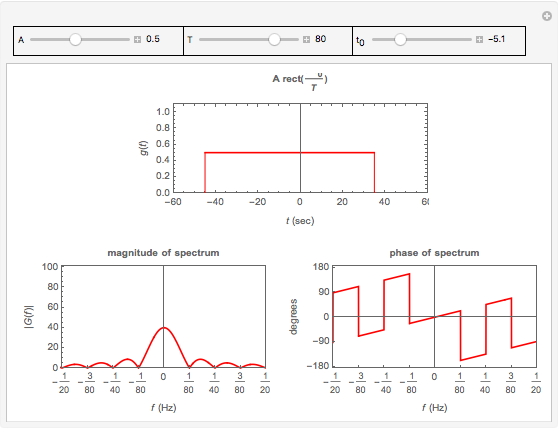Pretty Yende, OIS (born 6 March 1985) is a South African operatic soprano. She has performed leading roles at opera houses internationally, including La Scala and the Metropolitan Opera.
Month: October 2019
Montgolfier brothers
Joseph-Michel Montgolfier (26 August 1740 – 26 June 1810) and Jacques-Étienne Montgolfier (6 January 1745 – 2 August 1799) were paper manufacturers from Annonay, in Ardèche, France best known as inventors of the Montgolfière-style hot air balloon, globe aérostatique. They launched the first piloted ascent, carrying Étienne. Joseph Michel also invented the self-acting hydraulic ram (1796), Jacques Étienne founded the first paper-making vocational school and the brothers invented a process to manufacture transparent paper.
Leccinum scabrum

Anouar Brahem
Anouar Brahem (in Tunisian Arabic أنور براهم) (born on October 20, 1957) is a Tunisian oud player and composer. He is widely acclaimed as an innovator in his field. Performing primarily for a jazz audience, he fuses Arab classical music, folk music and jazz and has been recording since at least 1991, after becoming prominent in his own country in the late 1980s.
Charles Goodyear
Charles Goodyear (December 29, 1800 – July 1, 1860) was an American self-taught chemist and manufacturing engineer who developed vulcanized rubber, for which he received patent number 3633 from the United States Patent Office on June 15, 1844.
Goodyear is credited with inventing the chemical process to create and manufacture pliable, waterproof, moldable rubber.
Goodyear’s discovery of the vulcanization process followed five years of searching for a more stable rubber and stumbling upon the effectiveness of heating after Thomas Hancock.[5] His discovery initiated decades of successful rubber manufacturing in the Lower Naugatuck Valley in Connecticut, as rubber was adopted to multiple applications, including footwear and tires. The Goodyear Tire and Rubber Company is named after him.
MPU-6050 Module GY521 3 Axis Gyroscope+Accelerometer Module For Arduino MPU6050

GNU Octave – help
Tokyo jazz festival
Grafenegg Festival
The Grafenegg Festival is a major international classical music festival in Grafenegg, close to Vienna, Austria. The annual festival takes place on the grounds of Grafenegg Castle. Two venues have been built particularly for the festival in the park of the castle: The open-air stage Wolkenturm (capacity 2,000 in total, opened 2007) as well as the new concert hall Auditorium (capacity 1,372, opened 2008).
The artistic director is pianist Rudolf Buchbinder. The festival’s program consists of symphonic and chamber music as well as recitals. International guest orchestras are performing as well as the Austrian Tonkünstler Orchestra, which serves as orchestra in residence. The first festival started on August, 23rd, 2007 and lasted until September, 9th, 2007.
Rectangular Pulse and Its Fourier Transform – Wolfram Demonstrations Project
Source: Rectangular Pulse and Its Fourier Transform – Wolfram Demonstrations Project
Magnitude and phase spectrum graphs – Frequency response in signal and system / DSP – YouTube
Introductory Sage Tutorial — PREP Tutorials v8.9
Annotating with Sage
Whether one uses Sage in the classroom or in research, it is usually helpful to describe to the reader what is being done, such as in the description you are now reading.
Jupyter Annotation
Thanks to a styling language called Markdown and the TeX rendering engine called MathJax, you can type much more in Sage than just Sage commands. This math-aware setup makes Sage perfect for annotating computations.
While the Jupyter notebook does not have as fully-featured a word processor as the SageNB, we can still do a fair amount. To use this functionality, we create a Markdown cell (as opposed to a input cell that contains Sage commands that Sage evaluates).
To do this without the keyboard shortcut, there is a menu for each cell; select “Markdown”.
